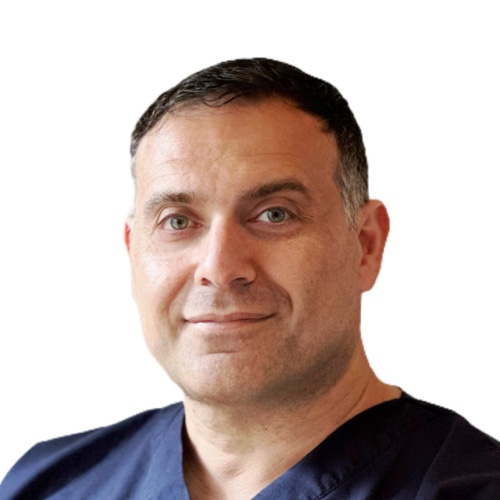The clinic provides Civil Aviation Safety Authority (CASA) relevant reports and tests for pilot licenses assessments.
Cataracts are a common eye condition that affects people as they age. A cataract is a clouding of the natural lens in the eye that causes blurry or dim vision. It is caused by the build-up of protein in the lens, which makes it less transparent over time.
Corneal disease is a group of eye conditions that affect the cornea, the clear, dome-shaped surface at the front of the eye that helps to focus light. The cornea is an important part of the eye’s optical system, and any damage or disease can affect vision.
General ophthalmology is a branch of medicine that deals with the diagnosis and treatment of eye-related problems and diseases. It involves the study of the structure, function, and diseases of the eye and its associated structures, including the eyelids, conjunctiva, cornea, iris, lens, retina, optic nerve, and the surrounding tissues.
Glaucoma is a group of eye diseases that damage the optic nerve and can cause irreversible vision loss if left untreated. It is often associated with high intraocular pressure (IOP), which is caused by a build-up of fluid in the eye. Glaucoma can affect one or both eyes and is a leading cause of blindness worldwide.
Keratoconus is a progressive eye condition in which the normally round cornea (the clear, dome-shaped surface that covers the front of the eye) becomes thin and cone-shaped. This causes distorted and blurry vision, and can lead to significant visual impairment if left untreated.
Medical retina is a subspecialty of ophthalmology that focuses on the diagnosis and treatment of conditions that affect the retina, the light-sensitive tissue at the back of the eye. The retina is responsible for transmitting visual information to the brain, and any damage or disease can result in vision loss or blindness.
Common diseases include: macular degeneration, retinal detachment and diabetic eye disease (retinopathy).
Oculoplastics is a subspecialty of ophthalmology that focuses on the diagnosis and treatment of conditions that affect the eyelids, tear ducts, and orbit (the bony structure around the eye). This field combines both cosmetic and reconstructive surgery to restore both the function and appearance of the eye and its surrounding structures.
Pediatric eye care focuses on the vision and eye health of children, addressing conditions like amblyopia, strabismus, and congenital eye issues. Early detection and treatment are crucial to prevent long-term vision problems. Regular eye exams ensure proper eye development, detecting issues that can affect learning and daily activities.
Surgical retina refers to a branch of ophthalmology that focuses on the diagnosis and treatment of retinal disorders that require surgical intervention. The retina is the light-sensitive tissue lining the back of the eye that converts visual information into nerve signals that are transmitted to the brain. Surgery is often required to treat retinal conditions that cannot be resolved using non-surgical treatments, such as medication or laser therapy.
Uveitis is an inflammation of the uvea, the middle layer of the eye, which includes the iris, ciliary body, and choroid. It can cause pain, redness, blurred vision, and light sensitivity. The condition may result from autoimmune disorders, infections, or injury. Treatment focuses on reducing inflammation and preventing vision loss.







